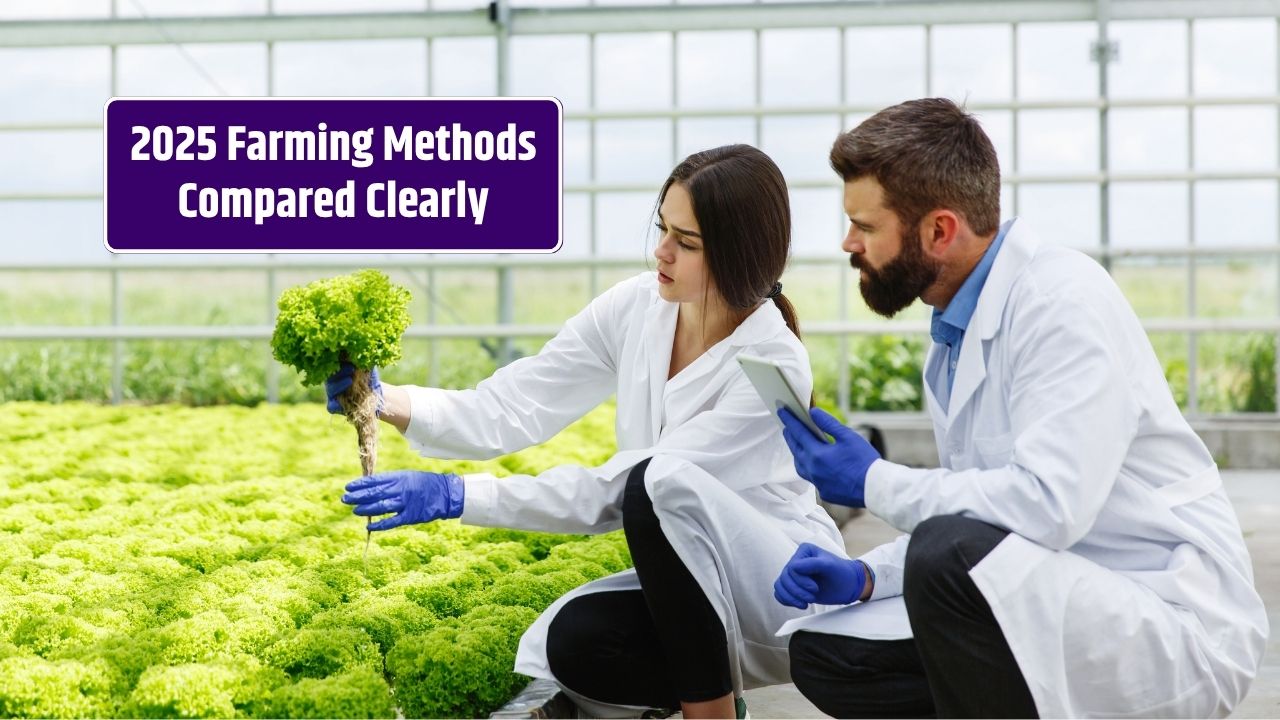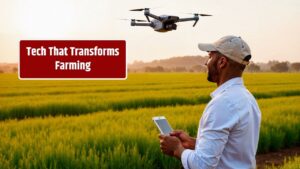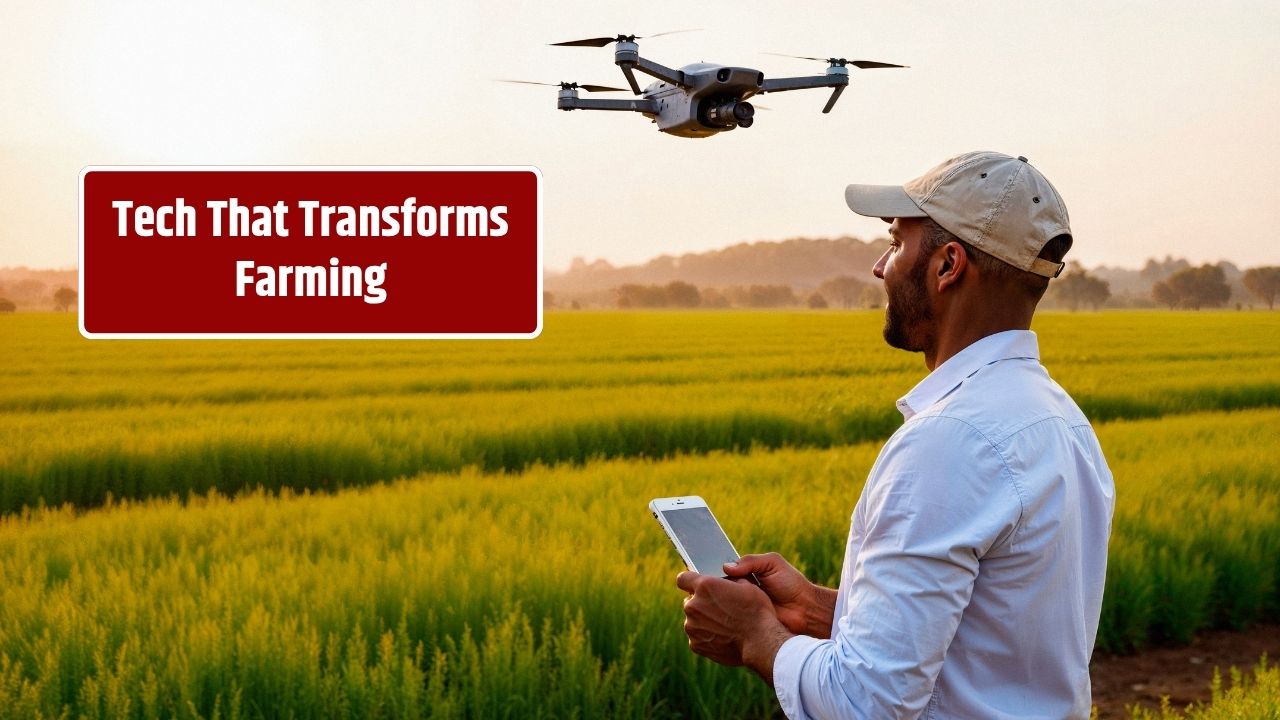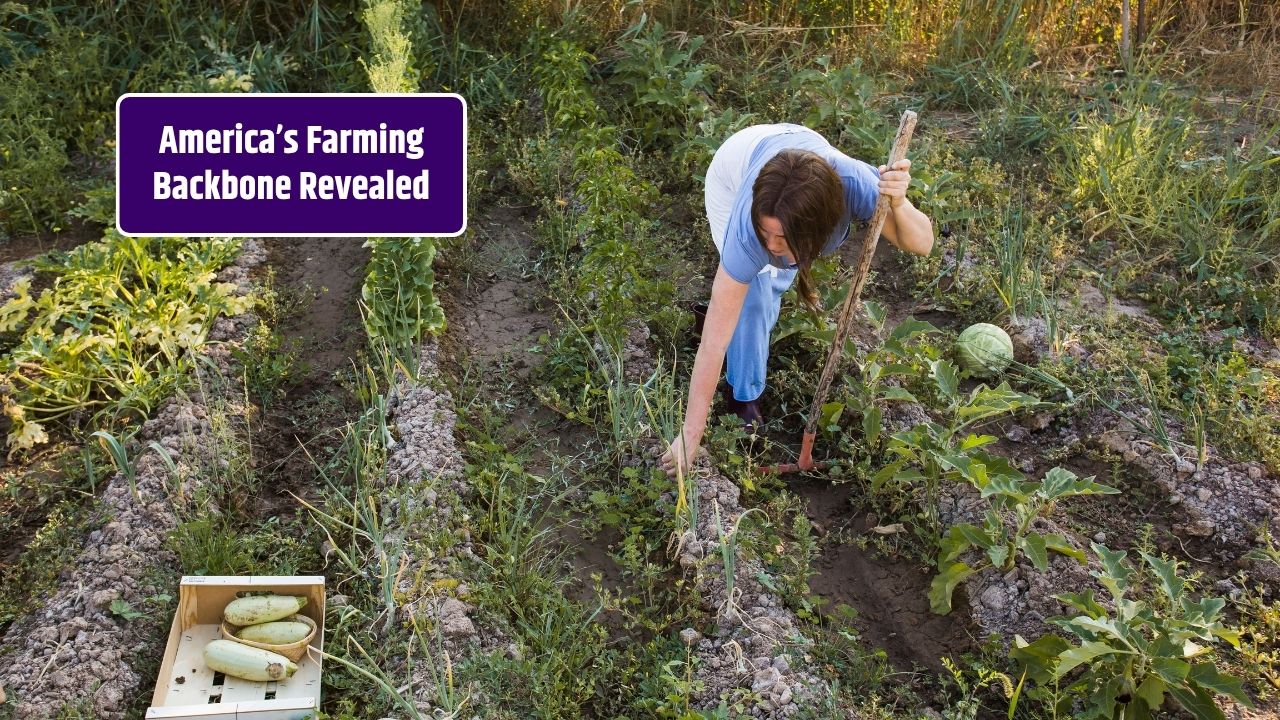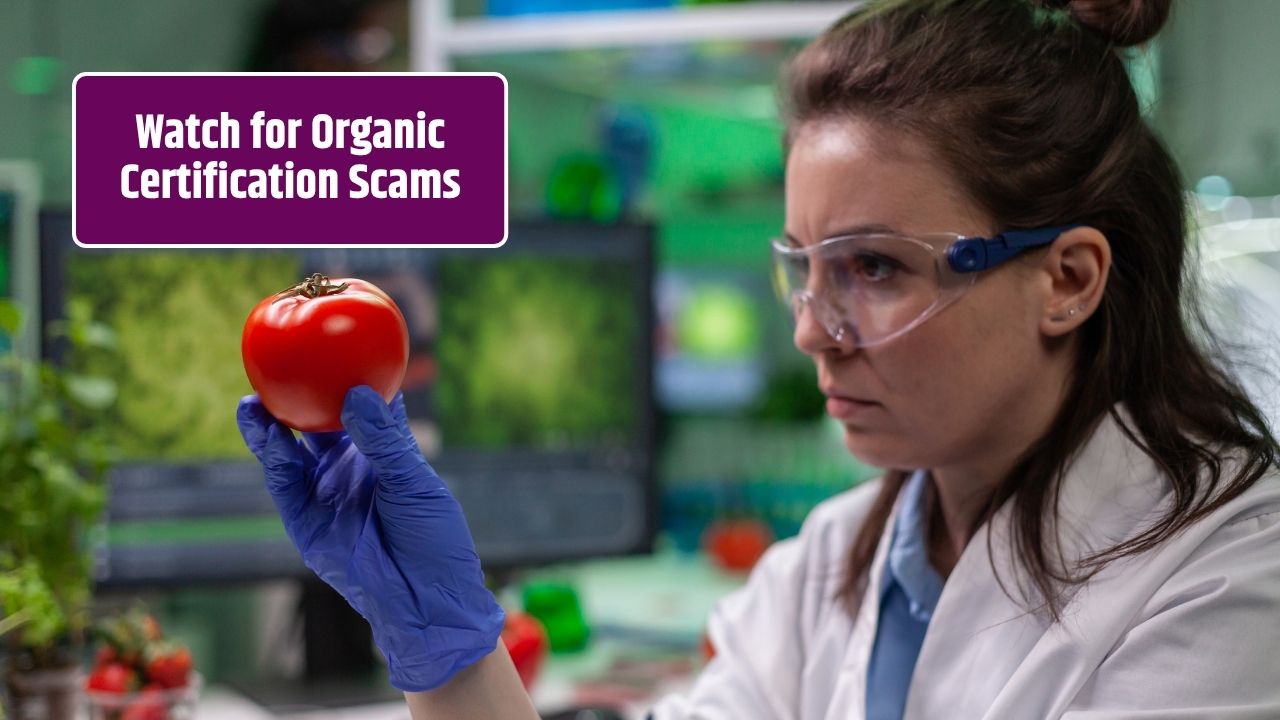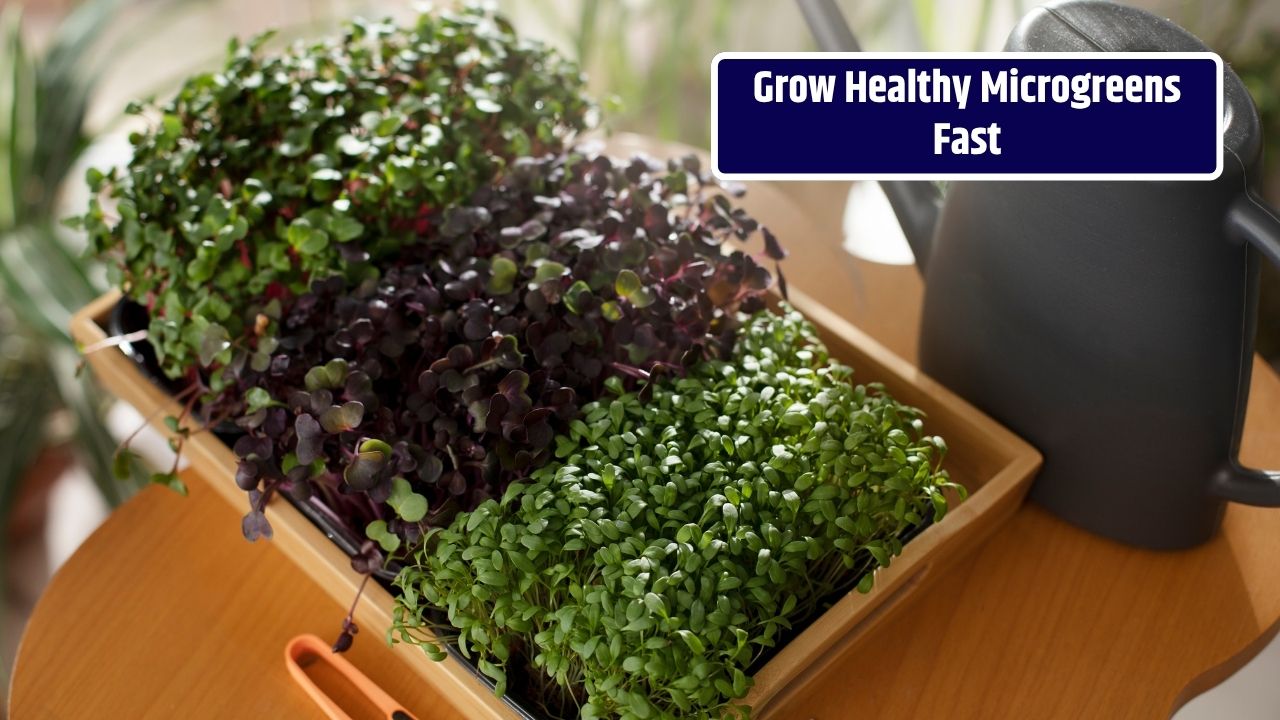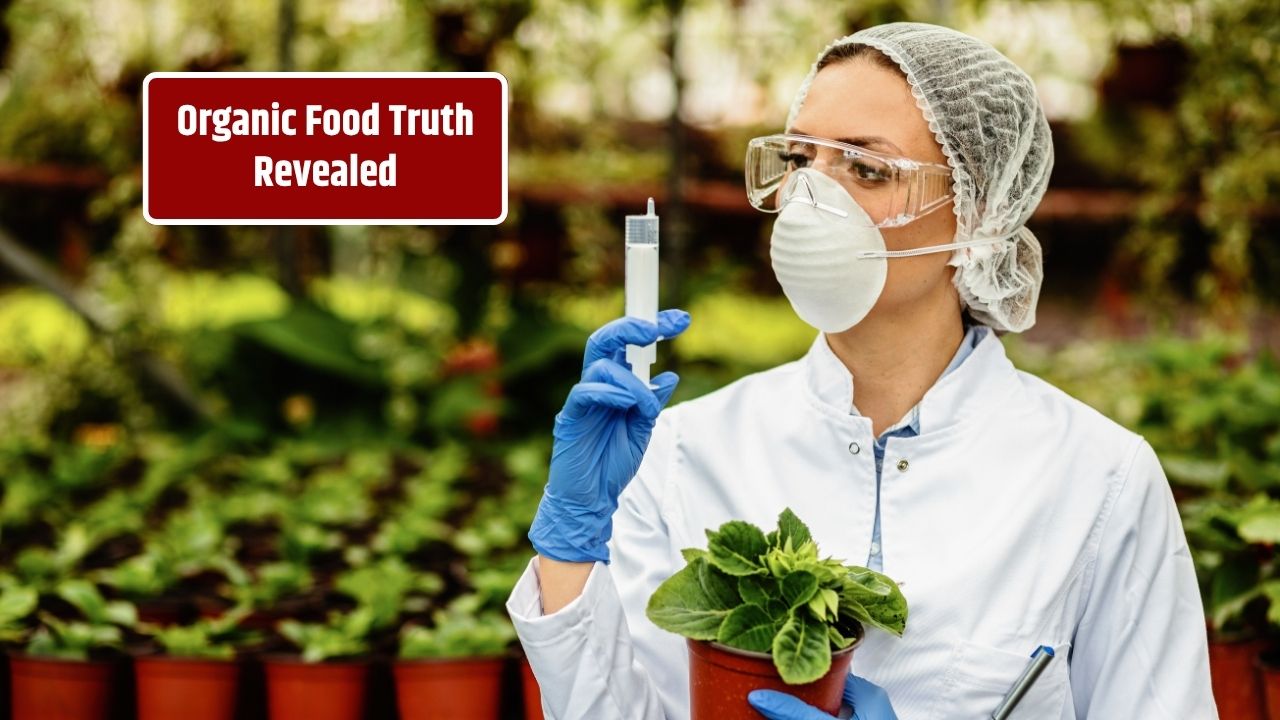As the global population grows and environmental concerns escalate, the debate between organic and conventional farming has taken center stage in 2025. Consumers are demanding healthier food, climate resilience, and sustainable practices. Farmers and policymakers are rethinking production models in light of climate change, biodiversity loss, and soil degradation. So, how do organic and conventional farming compare today, and what should you know about both in 2025?
Let’s break it down clearly, from farming practices to productivity, environmental impact, and economics.
Table of Contents
Defining the Two Systems
Organic Farming
Organic farming avoids synthetic fertilizers, pesticides, genetically modified organisms (GMOs), and antibiotics. It relies on natural inputs, biodiversity, composting, crop rotation, and biological pest control to build long-term soil and ecosystem health.
Conventional Farming
Conventional (or industrial) farming uses chemical fertilizers, pesticides, high-yield crop varieties, GMOs, and intensive mechanization. The focus is on maximizing short-term yields and efficiency, often with the help of technology and synthetic inputs.
Key Differences in 2025
1. Soil Health and Fertility
- Organic farming enhances soil structure and microbial life through composting, cover crops, and reduced tillage.
- Conventional farming often leads to soil degradation due to over-reliance on synthetic fertilizers and monocropping.
2. Yields and Productivity
- Conventional farms generally produce higher short-term yields, especially in monoculture systems.
- Organic farms may have slightly lower yields but often outperform in resilience during droughts, floods, or extreme weather—a crucial advantage in 2025’s volatile climate.
3. Pesticide and Chemical Use
- Organic: Only natural or approved low-toxicity substances are used.
- Conventional: Synthetic pesticides and herbicides are commonly used, though regulation is improving globally.
4. Environmental Impact
Organic systems have a lower environmental footprint per acre but may require more land to produce the same yield. However, they:
- Use less energy
- Produce fewer greenhouse gas emissions
- Support higher biodiversity
- Reduce soil erosion and water contamination
5. Food Quality and Nutrition
Some studies in 2025 suggest:
- Organic produce often contains higher antioxidant levels and lower pesticide residues.
- Conventional produce meets food safety standards but may retain trace chemicals even after washing.
Side-by-Side Comparison Table
| Factor | Organic Farming | Conventional Farming |
|---|---|---|
| Inputs | Natural (compost, manure) | Synthetic fertilizers, pesticides |
| GMOs | Not allowed | Commonly used |
| Soil Health | Builds organic matter and microbes | Often depleted over time |
| Pest Control | Biological and manual | Chemical-based |
| Crop Yield | Moderate, more stable in stress | High in optimal conditions |
| Cost of Production | Higher labor, lower chemical costs | Lower labor, higher input costs |
| Market Price | Higher due to premium labeling | Standard pricing |
| Environmental Impact | Lower emissions and pollution | Higher footprint per acre |
| Certification Requirements | Strict (USDA Organic, etc.) | Few or no certification needed |
Trends in 2025
Consumer Demand Is Shifting
Surveys in 2025 show that nearly 70% of U.S. shoppers prefer products labeled organic or sustainably grown. Transparency, traceability, and ethical farming are influencing food purchases.
Agri-Tech Is Supporting Both Sides
While conventional farming continues to benefit from biotechnology and AI, organic farming is also using precision tools—like drones, data-driven crop rotation, and smart composting—to boost efficiency while staying chemical-free.
Policy and Incentives
Governments in the U.S., EU, and Asia are offering increased subsidies and carbon credits for organic or regenerative practices. The 2025 U.S. Farm Bill, for example, expands organic transition funding for small and mid-sized farms.
Economic Considerations
- Profitability: Organic farms often have lower yields but higher profit margins due to premium pricing and lower long-term input costs.
- Risk: Conventional farms may rely more heavily on global supply chains for inputs, which creates vulnerability to price shocks.
- Scalability: Large-scale organic farms are increasing, but transitioning from conventional requires time, capital, and training.
Choosing between organic and conventional farming isn’t a one-size-fits-all decision. Each system has trade-offs. In 2025, the real conversation is about integrating the best of both worlds—applying sustainable practices to improve productivity while protecting the environment. Whether you’re a farmer, policymaker, or conscious consumer, understanding these systems helps make informed decisions in a rapidly evolving food landscape.
FAQs
Is organic farming more sustainable than conventional?
Yes, in terms of long-term soil health, biodiversity, and reduced pollution. However, it may require more land for similar yields.
Is organic food healthier than conventional food?
Studies show organic food tends to have fewer chemical residues and may have slightly higher nutrient levels in some crops.
Can conventional farms transition to organic easily?
Not easily—it typically takes 3 years to become certified organic, with changes in inputs, management, and record-keeping.

